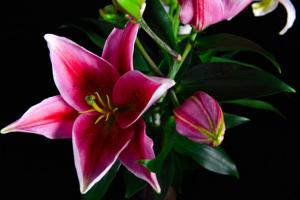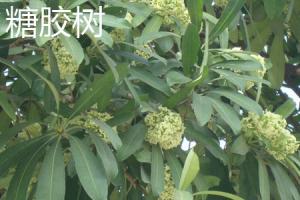What Size Pot for Palm Plant?
Palms are a popular choice among indoor and outdoor plants due to their attractive appearance and easy maintenance. However, knowing the appropriate pot size for your palm plant is crucial for its health and growth. In this article, we will discuss the factors to consider when selecting a pot size for your palm plant.
The Size of Your Palm Plant Matters
The size of your palm plant is an essential factor to consider when selecting a pot size. A large palm plant will require a more spacious pot to accommodate its roots and help it grow free from restrictions. Additionally, a small pot may restrict the growth of a large palm and cause it to become rootbound, which can result in stunted growth and an unhealthy plant.
On the other hand, a small palm plant can thrive in a smaller pot. A small pot can help maintain moisture content around the plant's roots and provide a compact environment for the roots to spread quickly.
The Pot Size Should Match the Growth Rate of Your Palm Plant
The growth rate of your palm plant is another essential factor to consider when selecting a pot size. A fast-growing palm plant will require a larger pot to accommodate its increasing size and root system. A slow-growing palm plant, on the other hand, will not require a more significant pot as it will not outgrow its container quickly.
It is crucial to note that the pot's size should match the palm plant's growth rate to avoid restricting the plant's growth, which can cause the roots to become entangled and limit nutrient absorption.
The Potting Material Used Affects the Pot Size
The potting material used can play a significant role in determining the appropriate pot size for your palm plant. A heavy potting mix such as a clay-based mix can add weight to the pot, making it challenging to move your plant around, and may require a smaller pot than a lightweight potting mix.
However, a lightweight potting mix such as peat moss mixed with perlite can help increase air circulation around the plant's roots, requiring a more extensive pot to allow the roots to spread and absorb the necessary nutrients.
The Pot Should Provide Adequate Drainage
A pot with adequate drainage is essential to prevent waterlogging, which can lead to root rot and ultimately the death of your palm plant. A pot with drainage holes at the bottom allows excess water to flow out and prevents the potting mix from becoming waterlogged.
When selecting your pot, ensure that it has at least one drainage hole at the bottom and a saucer underneath to catch the excess water. Additionally, if you are planting your palm plant in a decorative pot without a drainage hole, ensure that the plant is in a removable plastic container with drainage holes and place it in the decorative pot.
Conclusion
Selecting the appropriate pot size for your palm plant is crucial for its health and growth. Consider the size of your plant, its growth rate, the potting material used, and the pot's drainage to determine the appropriate size. Following these guidelines will ensure that your palm plant thrives and adds a touch of tropical paradise to your home or garden.

 how many times do yo...
how many times do yo... how many planted tre...
how many planted tre... how many pine trees ...
how many pine trees ... how many pecan trees...
how many pecan trees... how many plants comp...
how many plants comp... how many plants can ...
how many plants can ... how many plants and ...
how many plants and ... how many pepper plan...
how many pepper plan...































